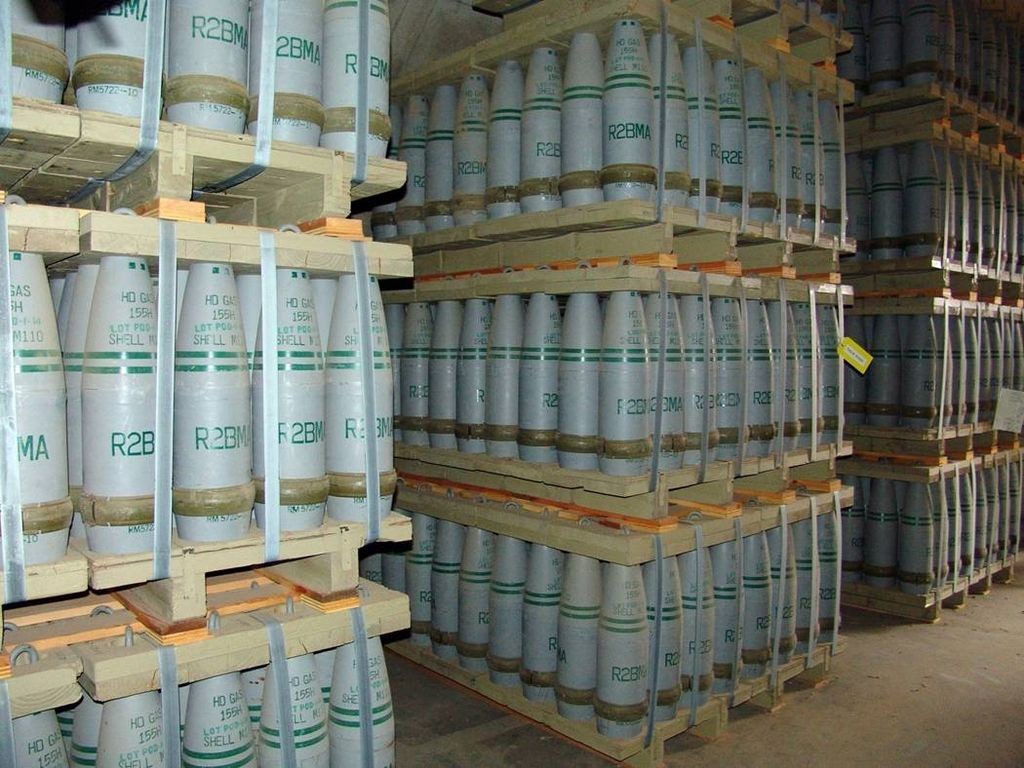DTRA funds five-year study to find countermeasures to chemical WMDs

Image: Wikimedia Commons
Two researchers will spend the next five years studying chemical reaction rates and developing techniques to counteract weapons of mass destruction, also known as WMDs. They are Eric Petersen, holder of the Nelson-Jackson professorship, and Waruna Kulatilaka, an associate professor, both in the Department of Mechanical Engineering in Texas A&M University’s Dwight Look College of Engineering.
The Defense Threat Reduction Agency (DTRA), an agency of the US Department of Defense, is supporting the project. When DTRA expressed a need for more information in this area, Kulatilaka and Petersen responded with a proposal for their solution. Their answer was a project titled, High-temperature chemical kinetics and combustion of chemical agents in a counter WMD environment.
“We will better understand how the chemistry of WMD agents react in a fire, with and without the presence of countermeasure agents intended to speed up the destruction of the compounds,” Petersen said. “This will lead to a more effective countermeasure strategy to maximize the safe and rapid destruction of the agent.”
These chemical WMDs can be dangerous to society, especially in the hands of terrorists.
“During the first year, we will refine our techniques and generate information to understand the simulant combustion chemistry,” Petersen said. “In years two and three, we will improve the kinetics models and explore the effect of the counteragents on the combustion chemistry.”
The final two years will focus on expanding the study to higher pressures and more counteragents.
“Full realization of the project objectives will take five years,” Petersen said. “The methods will provide a framework to study the chemistry of more agents and test the success of countermeasures beyond the current work.”
The research will take place in the new ultra-high-speed optical diagnostics and imaging facility at Texas A&M. Kulatilaka is the director of the facility that was made possible by the Texas A&M Research Development Fund.
“This enables the development of more effective countermeasures for WMD,” Kulatilaka said, “thereby protecting the general public from threats of terrorists planning to use those weapons.”

